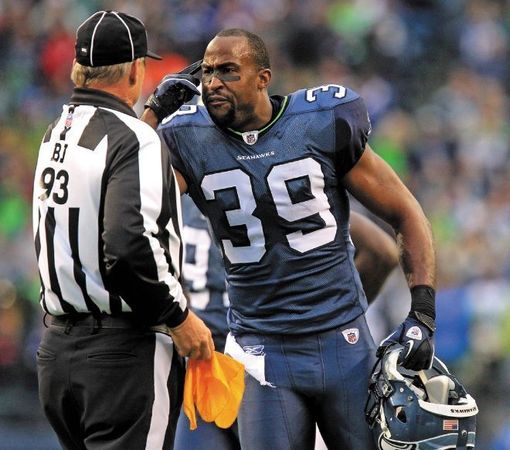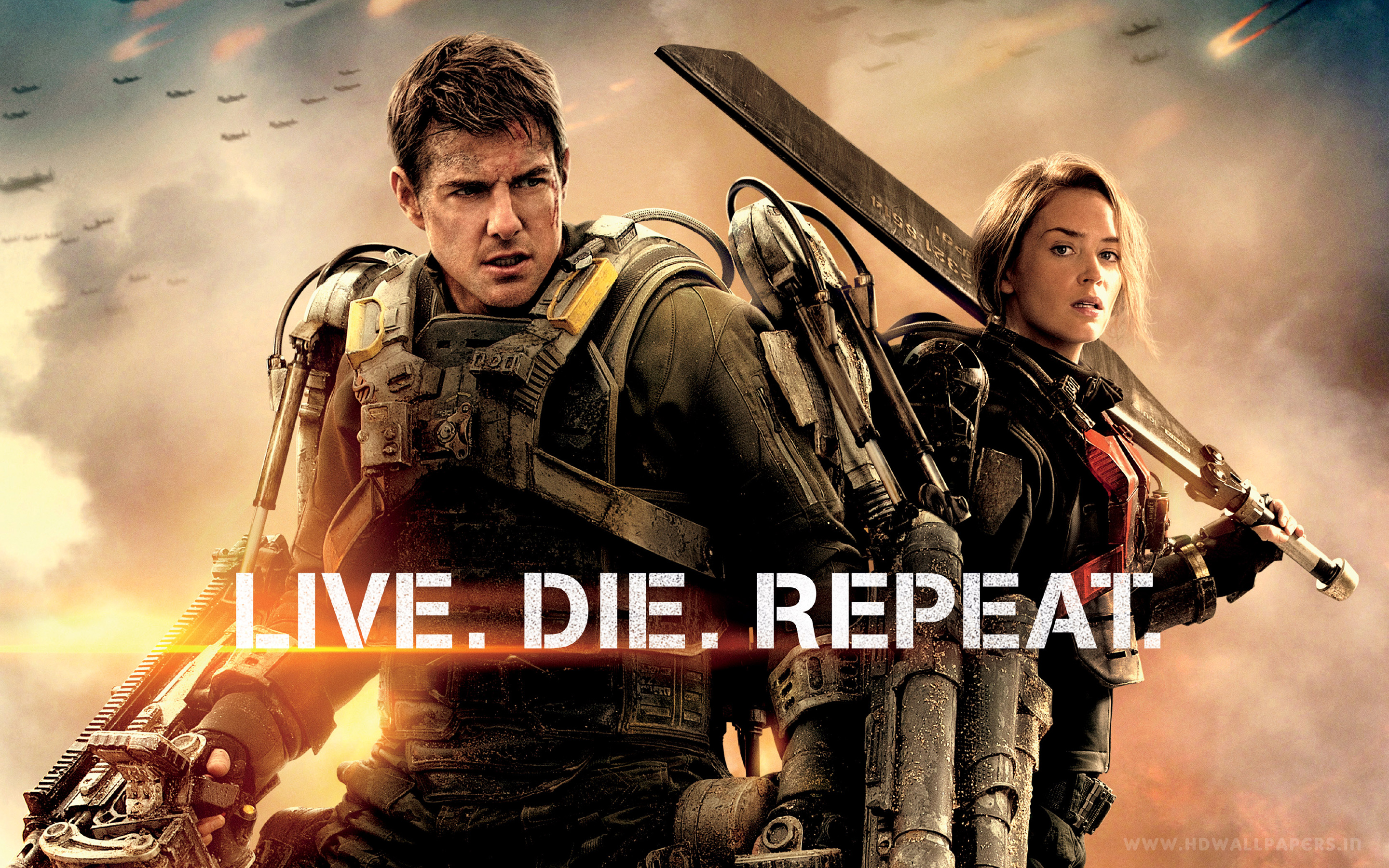The
NFL draft begins this Thursday night (live on TV and everything) and concludes
on Saturday. The New Orleans Saints currently hold 9 picks in the draft,
including 5 within the top 80. This is the most picks they’ve had since 2002. After
a disappointing 7-9 season that revealed the pitfalls of the current Saints,
the team has aggressively and wisely shifted course. They traded away star
tight end Jimmy Graham, guard Ben Grubbs, wide receiver Kenny Stills, and the
112th pick and in return they received center Max Unger, linebacker
Dannell Ellerbe, the 31st pick, the 78th pick, and the
154th pick.
|
Round-Pick
|
|
1-13
|
|
1-31
|
|
2-44
|
|
3-75
|
|
3-78
|
|
5-148
|
|
5-154
|
|
6-187
|
|
7-230
|
With
these picks the Saints, unlike in past years, now have the ability to be flexible
in the draft. They can trade up if there is a player that they really want—although
their
recent history of draft trades suggests that that may not be such a good idea.
Since it’s unlikely that they’ll carry nine draft picks into training camp,
they could also flip one of them for a 2016 draft selection. Such a move will
allow the Saints to parlay this year’s flexibility into future seasons. This type of strategy has been a staple of
teams like the Patriots,
Packers, and 49ers and it helps account for their consistent success. More
draft picks means more chances to hit on good players. With all this in mind,
let’s turn now to the Saints’ most pressing draft needs (in no particular
order).
1. Nose tackle: The Saints
featured the worst run defense in the NFL last year according to DVOA. Opposing
running backs averaged 4.78 yards per attempt against Rob Ryan’s defense. A 300
plus pound nose tackle could cover multiple gaps and demand the attention of
interior offensive linemen. That would free up other players for Ryan’s
creative blitzing schemes. It would also allow pass rushing defensive end Cam
Jordan more opportunities to go after opposing quarterbacks.
2. Cornerback: As the injuries
mounted in the Saints secondary last season, they relied on an array of
undrafted rookies and street free agents to fill in the gaps. This offseason
the Saints signed cornerback/holding penalty machine Brandon Browner to play
opposite starter Keenan Lewis. Their other corners include Jets castoff Kyle
Wilson and 2014 second rounder Stanley Jean-Baptise, who couldn’t sniff the
field last year despite the team’s injury woes. A high round selection on
another corner would be a pick well spent.
 |
| Get used to a lot of those yellow things with Browner out there. |
3. Linebacker: The Saints
linebacking corps and secondary similarly struggled against opposing rushers.
The Saints ranked 29th in second level rushing yards
and 31st in open field yards, metrics created by Football Outsiders
designed to measure yards gained by opposing running backs 5-10 and 10+ yards
beyond the line of scrimmage. With better linebackers the defense could limit
the damage caused by opposing running backs.
4. Interior offensive line: The Saints need an
infusion of youth on the offensive line. Right tackle Zach Strief and right
guard Jahri Evans are 31, newly arrived center Max Unger is 29 and has issues
staying healthy. The left guard spot is currently empty and left tackle Terron
Armstead is young, 23, but inexperienced. Investing a high round pick on an
offensive line would bring some much needed youth and cushion against injury or
decline from the other starters.
5. Wide receiver: The Saints
spent a 1st rounder on wide receiver last year, but the trade of
Kenny Stills means they could use an outside wide receiver. With Mark Ingram
and C.J. Spiller as the starting running backs, the Saints seem to have shifted
to a more run-heavy approach. A deep threat would diversify the Saints offense.
It would prevent opposing defenses from stacking the line of scrimmage against
the run and offer the potential for game changing plays.
By
the end of the day on Saturday, the Saints will have completed their 2015 draft.
Do they invest heavily in the defense? Trade up? Trade down and acquire assets
for the future? Regardless of what they do, their 2015 season will be shaped by
the moves they make over the coming days.




